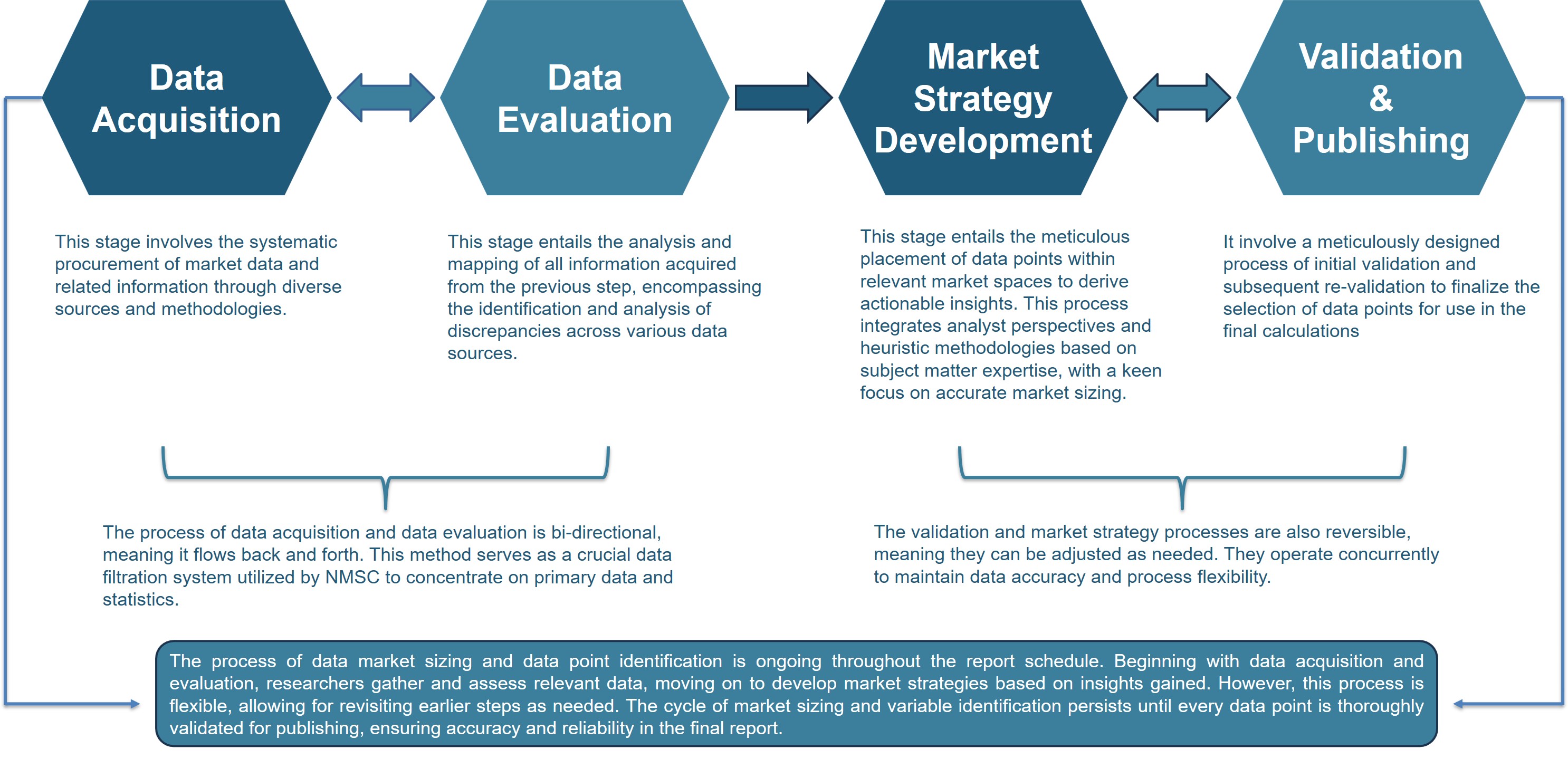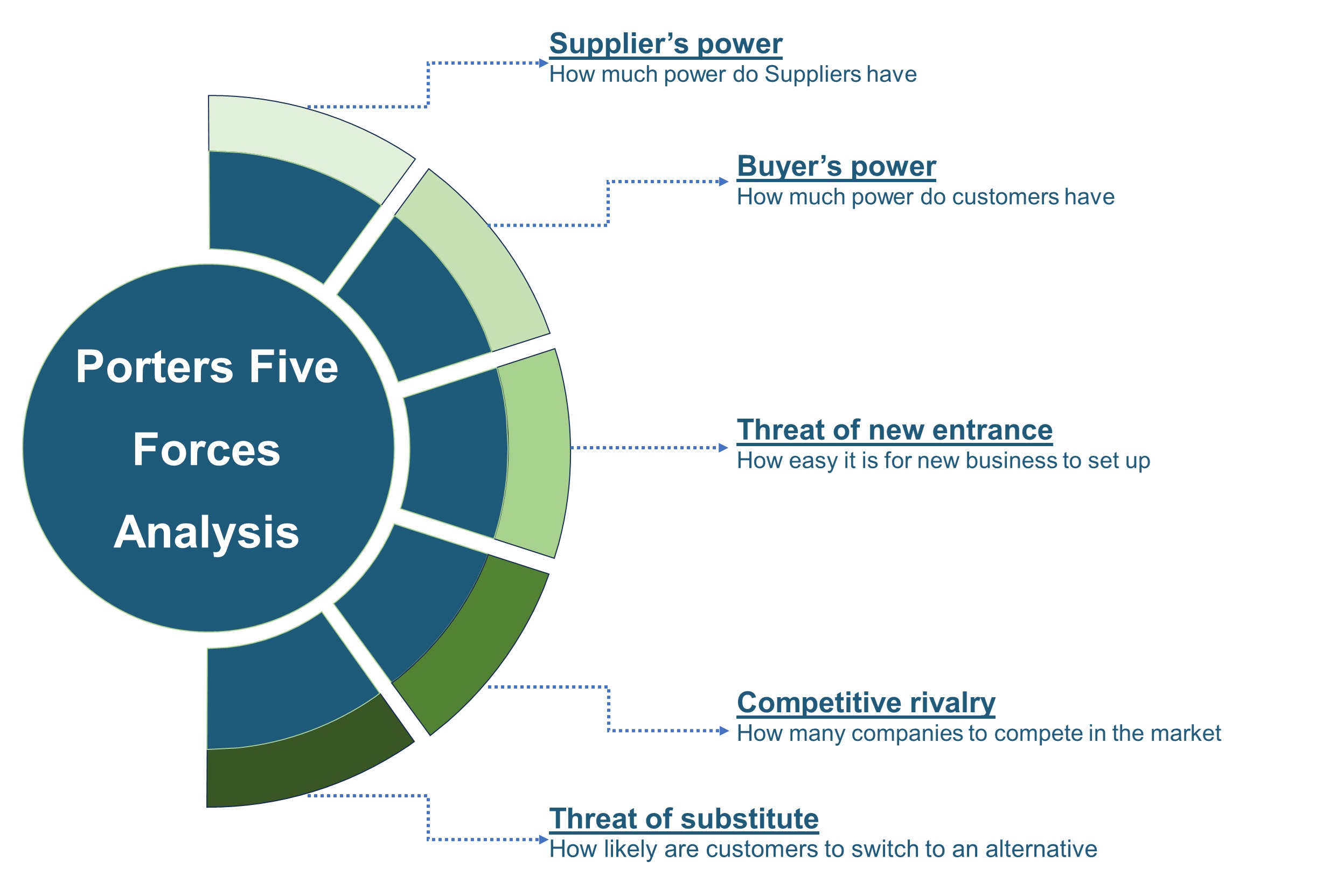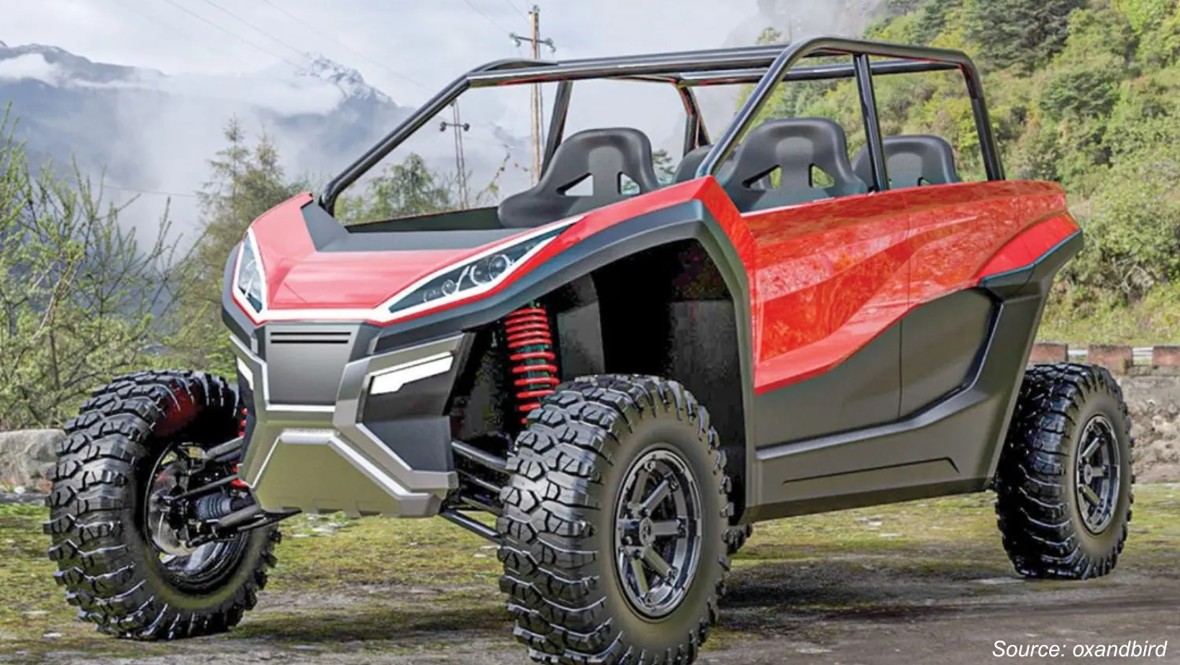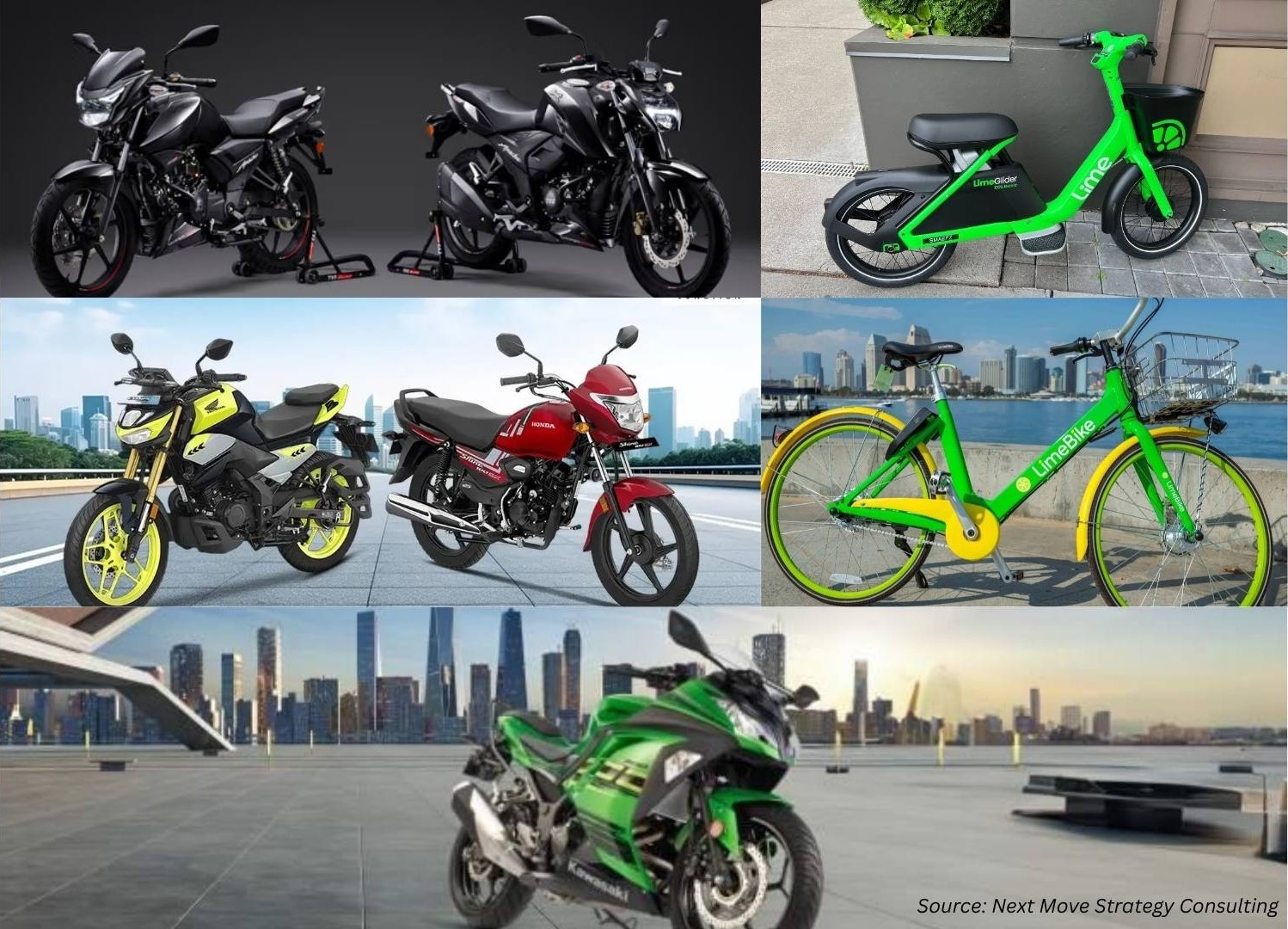
Electric All-Terrain Vehicle (ATV) Market by Power Range (Below 5 kW, 5–15 kW, Above 15 kW), by Drive (2WD, 4WD, AWD), by Battery Type (Lithium-Ion, Lead-Acid), by Propulsion Type (Battery Electric, Hybrid Electric), by Sales (Dealership, OEM Direct, Online Retailer, Authorised Distributors), and by End User (Off-Road Recreation, Sports, Agriculture, Industrial & Facility Maintenance, Defense & Security Operations) – Global Opportunity Analysis and Industry Forecast 2025-2030
Industry Overview
The global Electric All-Terrain Vehicle (ATV) Market size was valued at USD 633.67 million in 2024 and is predicted to reach USD 821.06 million by the end of 2025. The industry is predicted to reach USD 1804.40 million by 2030 with a CAGR of 17.1% from 2025 to 2030. In terms of volume, the market stood at 50,723 units in 2024 and is anticipated to reach 67692 units by 2025. By 2030, it is projected to reach 166308 units, reflecting a CAGR of 19.7% during 2025–2030. The market is experiencing robust growth driven by rising environmental awareness, advancements in electric mobility, and a growing shift toward sustainable recreational and utility vehicles.
Electric ATVs offer zero emissions, reduced noise pollution, and lower operating costs, making them increasingly attractive for both personal and commercial use across sectors such as agriculture, tourism, defense, and outdoor sports. Government incentives, regulatory support, and expanding EV infrastructure further accelerate adoption.
Technological innovations in battery efficiency, powertrain performance, and smart connectivity are enhancing vehicle capabilities, positioning electric ATVs as a compelling alternative to their gasoline counterparts and fuelling their global market expansion.
Growing Demand for Sustainable Transport Solutions Fuels the Electric ATV Market Growth
The growing demand for sustainable transport and heightened environmental awareness is significantly expanding the market growth. Electric ATVs deliver zero emissions and significantly lower noise levels, offering a cleaner and quieter alternative to traditional gasoline models. They support global efforts toward sustainability and eco-friendly transportation. This rising preference for greener alternatives is further supported by proactive government initiatives and regulatory frameworks.
For instance, in 2024, the Australian Government introduced a New Vehicle Efficiency Standard aimed at cutting emissions. This will give motorists access to more efficient vehicles and help reduce fuel costs, further boosting demand for electric vehicles.
Additionally, USD 60 million to support EV charging infrastructure at dealerships to accelerate the shift to cleaner vehicles. This conjunction of market demand, diverse applications, and supportive regulation positions the electric ATV sector for continued robust expansion.
Advancements in Battery and Powertrain Technologies Boost the Electric ATV Market Expansion
Advancements in battery and powertrain technologies are significantly fuelling the growth of the market. These advancements tackle critical concerns like driving range, power, and charging time, making electric ATVs more efficient.
A notable milestone is Powerland's 2024 launch of India's first road-legal electric ATV, the Tachyon 4X4, offering a 100 km range with an 11-kWh battery capacity. Its powertrain produces 50 hp and 210 nm of torque per wheel, with a 0-60 in less than 4 seconds. Its robust battery system supports extended off-road rides without compromising power or efficiency. These technological leaps are making electric ATVs a compelling and viable choice, driving wider adoption.
Rising Eco-Conscious Tourism Activities Propel the Electric ATVs
The surge in eco-conscious tourism and outdoor recreational activities is significantly driving the electric ATV market demand. In a recent 2025 post by Eco Rider, they stated that off-road electric vehicles are gaining popularity in tourism due to their zero emissions and quiet operation, which help preserve natural habitats and reduce wildlife disturbance. This makes them ideal for eco-friendly tours, especially in sensitive areas like national parks and wildlife reserves.
Tour operators benefit by accessing rugged terrains without environmental harm, offering unique and immersive experiences such as wildlife photography and silent nature exploration. With advancements in battery life and motor performance, electric ATVs are becoming more viable for year-round use. As sustainable tourism grows, these vehicles are driving new opportunities for responsible and environmentally conscious travel.
High Initial Costs Hinder the Market Growth
The primary challenge for the market lies in the high upfront costs associated with electric models, which is significantly more expensive than traditional gas-powered ATVs. This price barrier limits the affordability of electric ATVs, especially in emerging markets where price sensitivity is a key concern. Despite offering long-term savings on fuel and maintenance, the initial cost remains a hurdle for many potential buyers.
Expansion of Smart Connectivity & AI Integration Creates Opportunity for the Market
Smart connectivity and AI integration present a transformative opportunity in the market, enabling significant competitive advantages. Core benefits include enhanced safety through real-time hazard detection and predictive maintenance, optimized performance via AI-driven powertrain control and personalized ride profiles, and revolutionized user experience with seamless app integration and advanced navigation.
Crucially, this unlocks new subscription-based revenue streams and valuable fleet management capabilities. By offering superior safety, performance, convenience, and innovative monetization, smart eATV’s commands premium pricing, attracts new customers, and future-proofs brands in this rapidly growing segment.
Market Segmentation and Scope of the Study
The market report is segmented based on power range, drive, battery type, propulsion type, sales, end user, and region. By power range, the market is segmented into below 5 kW, 5–15 kW, and above 15 kW. Based on drive, the market is classified into 2WD, 4WD, and AWD. By battery type, the market is categorized into Lithium-Ion and Lead-Acid batteries. Based on propulsion type, the market is divided into Battery Electric and Hybrid Electric. By sales, the market is segmented into Dealership, OEM Direct, Online Retailer, and Authorised Distributors. Based on end user, the market is classified into Off-Road Recreation, Sports, Agriculture, Industrial & Facility Maintenance, and Defense & Security Operations. Regional analysis covers key areas such as North America, Europe, Asia-Pacific, and the Rest of the World (RoW), offering a comprehensive breakdown of each of the mentioned segments.
Geographical Analysis
North America plays a leading role in the global electric ATV market share, driven by a strong interest in off-road recreation and a robust EV-supportive infrastructure. The region’s shift toward eco-friendly outdoor mobility, coupled with favourable government incentives, continues to boost demand.
Key players such as DRR USA, Polaris, Tesla, E-QUAD (LIVAQ EQUAD), Startec Motors, EZ Rides, and Theron EV are deeply integrated in the region, contributing significantly to market growth. These companies focus on innovation, performance, and durability, adapting their electric ATVs to suit diverse terrains and user needs. Their growing presence strengthens North America’s position as a hub for sustainable all-terrain vehicle advancements.
The Asia-Pacific region, particularly China, is witnessing strong momentum in the market, driven by supportive government policies and growing environmental awareness. China’s recent extension of its vehicle trade-in policy through 2025 serves as a significant catalyst for EV adoption. Under this initiative, consumers receive subsidies of up to USD 2,730 for scrapping older ICE vehicles or EVs and purchasing new EVs, including electric ATVs.
Alternatively, a subsidy of up to USD 2,047 is offered for buying smaller-engine ICE vehicles. This strategic policy fosters the shift toward sustainable transportation and positions China as a key growth hub for electric ATVs in the Asia-Pacific region.
Europe is steadily establishing itself as a key player in the market, driven by a notable rise in international tourism. According to UN Tourism, international tourist arrivals grew by 5% in the first quarter of 2025 compared to the same period in 2024, marking a 3% increase over pre-pandemic levels. This resurgence in tourism is fueling demand for eco-friendly and adventure-based transportation options like electric ATVs. As Europe continues to attract more global travelers, the electric ATV sector is poised for accelerated growth across recreational and commercial tourism sectors.
The RoW market is showing a gradual but promising shift, fuelled by unique regional needs. Vast rural areas with limited fuel infrastructure make electric models a practical alternative, especially for agriculture and eco-tourism. The government pushes for greener mobility to further stimulate interest.
While current adoption lags behind other regions, the growth potential is significant as infrastructure develops and sustainable transport awareness rises. This diverse RoW segment meaningfully contributes to the global market's overall size and future expansion.
Competitive Landscape
Leading players in the global electric ATV industry are actively pursuing innovation-led strategies to strengthen their market share and tap into emerging demand across diverse end-use sectors. These companies are focusing on expanding their product portfolios with high-performance, zero-emission ATVs, integrating advanced features such as enhanced torque, extended battery range, and intelligent powertrain systems.
-
In 2024, an adult version of the CForce EV 110 electric ATV appeared for patent application, which was of the same size as the CForce 500. It was previewed in detailed patent drawings by a recently filed patent application for a battery-powered model.
-
In 2024, BSTABO, in partnership with Zongshen Group, launched its first electric ATV, the Rockman, an all-electric quad bike featuring a powerful motor, long-range battery, and rugged, ergonomic design for top off-road performance.
Key Benefits
-
The report provides quantitative analysis and estimations of the market from 2025 to 2030, which assists in identifying the prevailing industry opportunities.
-
The study comprises a deep dive analysis of the current and future electric ATV market trends to depict prevalent investment pockets in the sector.
-
Information related to key drivers, restraints, and opportunities and their impact on the market is provided in the report.
-
Competitive analysis of the key players, along with their market share is provided in the report.
-
SWOT analysis and Porters Five Forces model is elaborated in the study.
-
Value chain analysis in the market study provides a clear picture of roles of stakeholders.
Electric ATV Market Key Segments
By Power Range
-
Below 5 kW
-
5–15 kW
-
Above 15 kW
By Drive
-
2WD
-
4WD
-
AWD
By Engine Type
-
Air Cooled
-
Liquid Cooled
By Battery Type
-
Lithium-Ion
-
Lead-Acid
By Propulsion Type
-
Battery Electric
-
Hybrid Electric
By Sales
-
Dealership
-
OEM Direct
-
Online Retailer
-
Authorised Distributors
By End User
-
Off-Road Recreation
-
Sports
-
Agriculture
-
Industrial & Facility Maintenance
-
Defense & Security Operations
-
Rental & Tourism Fleets
By Region
-
North America
-
The U.S.
-
Canada
-
Mexico
-
-
Europe
-
The UK
-
Germany
-
France
-
Italy
-
Spain
-
Denmark
-
Netherlands
-
Finland
-
Sweden
-
Norway
-
Russia
-
Rest of Europe
-
-
Asia Pacific
-
China
-
Japan
-
India
-
South Korea
-
Australia
-
Indonesia
-
Singapore
-
Taiwan
-
Thailand
-
Rest of Asia Pacific
-
-
RoW
-
Latin America
-
Middle East
-
Africa
-
Key Players
-
Startec Motors
-
Powerland
-
CFMoto
-
LOBO EV Technologies
-
Apollino
-
DRR USA
-
BSTABO Power Technology
-
E-QUAD
-
Theron
-
Rohnel Motors
-
Daymak
-
Linhai
-
Massimo Motor Vehicles
-
LIVAQ
REPORT SCOPE AND SEGMENTATION:
|
Parameters |
Details |
|
Market Size in 2025 |
USD 821.06 Million |
|
Revenue Forecast in 2030 |
USD 1804.40 Million |
|
Growth Rate |
CAGR of 17.1% from 2025 to 2030 |
|
Market Volume in 2025 |
67692 Units |
|
Volume Forecast in 2030 |
166308 Units |
|
Volume Growth Rate |
CAGR of 19.7% from 2025 to 2030 |
|
Analysis Period |
2024–2030 |
|
Base Year Considered |
2024 |
|
Forecast Period |
2025–2030 |
|
Market Size Estimation |
Million (USD) |
|
Growth Factors |
|
|
Countries Covered |
28 |
|
Companies Profiled |
15 |
|
Market Share |
Available for 10 companies |
|
Customization Scope |
Free customization (equivalent up to 80 working hours of analysts) after purchase. Addition or alteration to country, regional, and segment scope. |
|
Pricing and Purchase Options |
Avail customized purchase options to meet your exact research needs. |

















 Speak to Our Analyst
Speak to Our Analyst

























